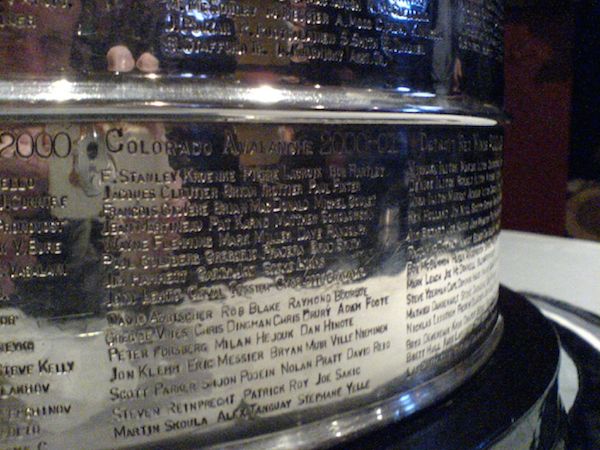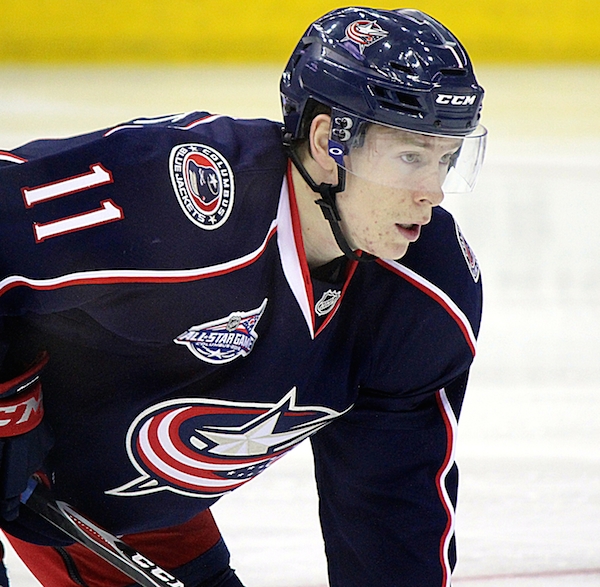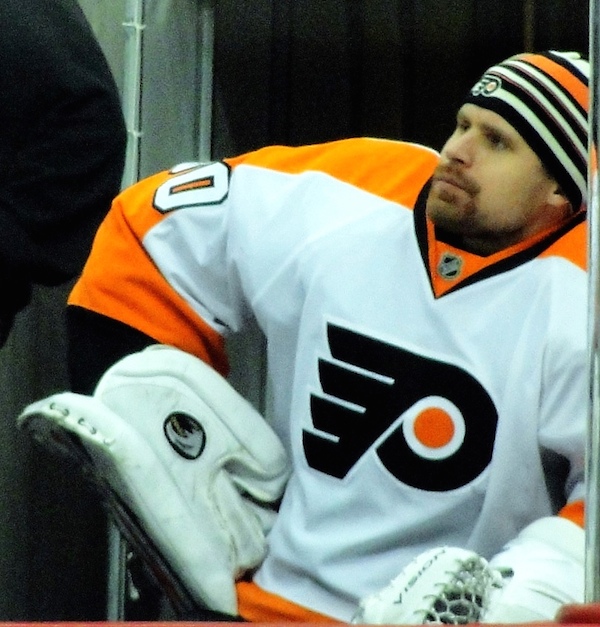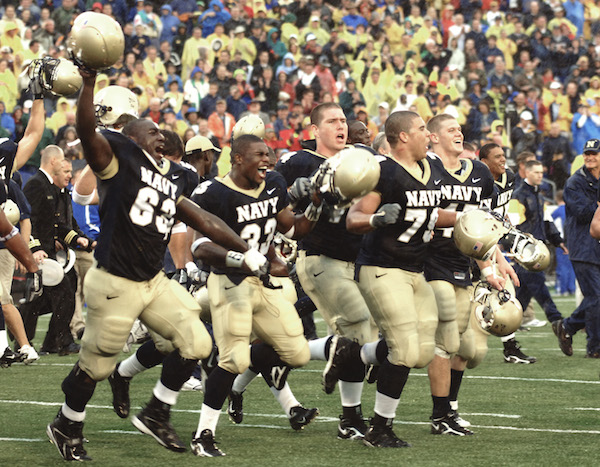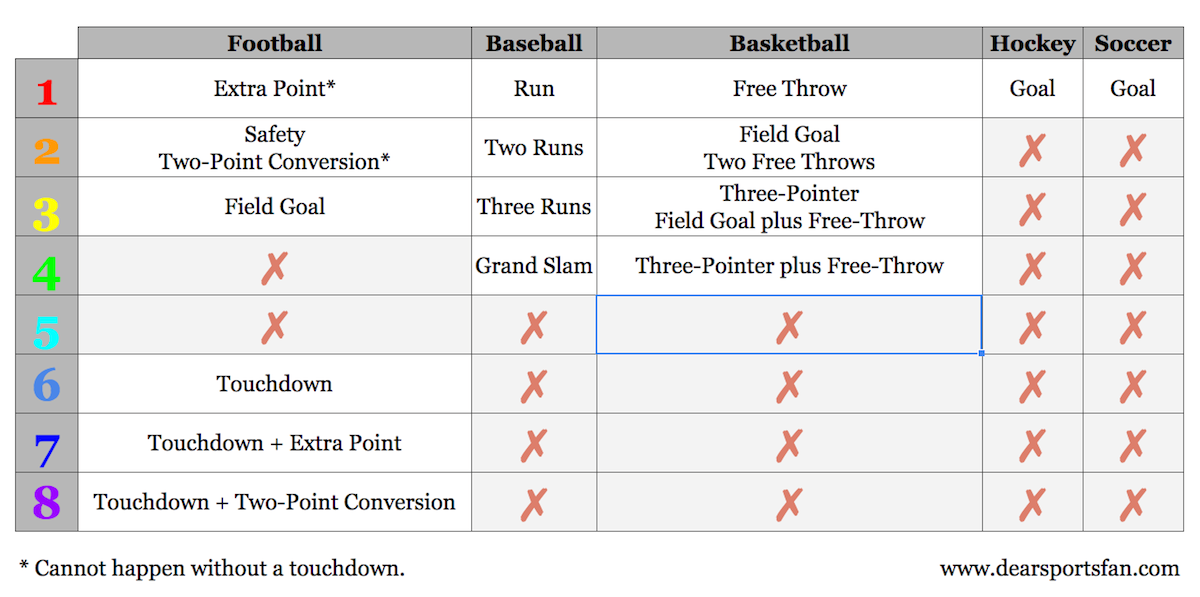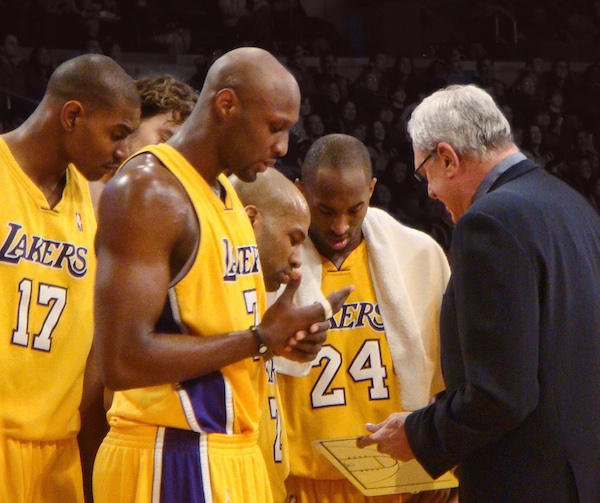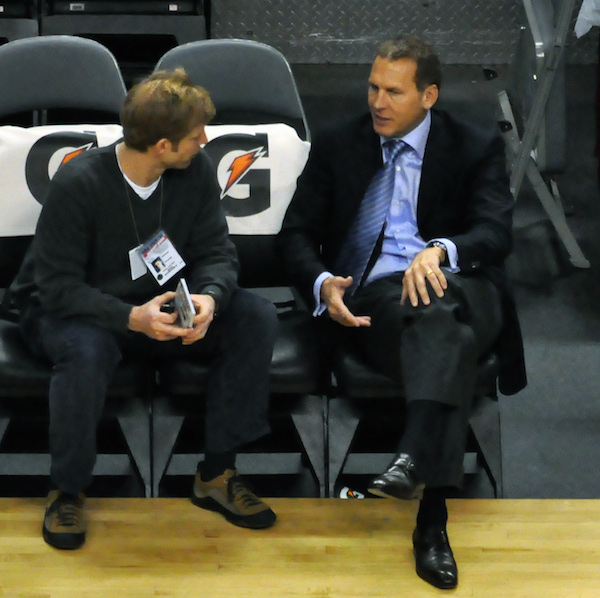The playoffs are a wonderful time in sports but they can be hard to follow, even for the most die-hard fan of a playoff team. They’re virtually impossible for a non-fan or casual observer! No matter who you are, Dear Sports Fan’s Playoff Companion can help. Sign up to get text updates each day for your favorite team or teams or just for the team or teams you feel you need to know about in order to be able to have a decent conversation with your wife, husband, son, daughter, parent, colleague, or friend.
New York Rangers vs. Pittsburgh Penguins — Game 1, 7 p.m. ET on NBC Sports Network — Series is 0-0
New York Rangers fans – Better record, deeper team, more reliable goalie. No need for cockiness but lots of reasons for confidence.
New York Rangers interested parties – The Penguins have the two best players in the series, but the Rangers may have the next ten. In hockey, the better team should win.
Pittsburgh Penguins fans – After years of cruising into the playoffs only to come crashing down, maybe backing into them is going to be good luck?
Pittsburgh Penguins interested parties – These Penguins are not like the Penguins of the last five years. They’re a distinct underdog in this series.
Tampa Bay Lightning vs. Detroit Red Wings — Game 1, 7:30 p.m. ET on CNBC — Series is 0-0
Tampa Bay Lightning fans – Don’t get spooked by seeing the winged wheel. Our team won seven more games than the Red Wings this season. We’re better.
Tampa Bay Lightning interested parties – Tampa Bay has had some history of success but nothing approaching the traditionally powerful Detroit Red Wings. This year though, the Lightning have the better team.
Detroit Red Wings fans – Mrazek over Howard. In Babcock we trust.
Detroit Red Wings interested parties – The biggest story coming into the playoffs is the coach’s decision to start 23 year-old goalie Petr Mrazek over veteran Jimmy Howard.
St. Louis Blues vs. Minnesota Wild — Game 1, 9:30 p.m. ET on NBC Sports — Series is 0-0
St. Louis Blues fans – Dubnyk has been unbelievable for the Wild… but he used to be on the Oilers, how tough could he be?
St. Louis Blues interested parties – The Blues have had one of the most complete teams for the past five years but have never won the cup. Could this be their year? It starts tonight.
Minnesota Wild fans – The Blues are an intimidating opponent but I think we can get to their goalie. At least it’s not the Blackhawks.
Minnesota Wild interested parties – The Wild are a good team but they can’t match up player for player with the Blues and not come out looking worse, except at goalie, which is the most important position… so they have a shot.
Anaheim Ducks vs. Winnipeg Jets — Game 1, 10:30 p.m. ET on CNBC — Series is 0-0
Anaheim Ducks fans – Games 1 and 2 at home are almost must wins because Winnipeg is going to be CRAZY for 3 and 4.
Anaheim Ducks interested parties – The Ducks are in the unenviable position of playing against the sentimental favorite Winnipeg Jets, who haven’t made the playoffs in 19 years.
Winnipeg Jets fans – Yes! YES! ARRRGHH*#%#@!!!!
Winnipeg Jets interested parties – Yes! YES! ARRRGHH*#%#@!!!!
Montreal Canadiens vs. Ottawa Senators — Rest Day — Series is 1-0
Montreal Canadiens fans – It wasn’t pretty but it doesn’t have to be. Game 2 is on Friday, let’s hope Subban doesn’t get suspended before then.
Montreal Canadiens interested parties – The Canadiens won the first game, so today’s a time to nervously celebrate and relax… a little.
Ottawa Senators fans – Stone. Microfracture. Okay, so we’re not going to win, but let’s kill them all.
Ottawa Senators interested parties – Montreal’s strategy seemed to be to injure the Senators best players and it worked. News just broke that Mark Stone, an important forward has a broken wrist.
Washington Capitals vs. New York Islanders — Rest Day — Series is 0-1
Washington Capitals fans – Oh no, not again. I know it’s just one game, but it feels like another collapse is coming. Ughhhghgh.
Washington Capitals interested parties – The Capitals are notorious for collapsing in the playoffs, so Caps fans quite reasonably, may assume the worst after game one.
New York Islanders fans – Home ice advantage gained. Mission accomplished. Game two is all gravy.
New York Islanders interested parties – After a win in game one, the Islanders now have the advantage.
Nashville Predators vs. Chicago Blackhawks — Rest Day — Series is 0-1
Nashville Predators fans – Get through it. Overtime happens. And when it happens again, it could happen for us.
Nashville Predators interested parties – Game one went into double overtime before the Predators lost. Today would be a good day to get your Predators fan an extra cup of coffee and a smile.
Chicago Blackhawks fans – And THAT’S how the playoffs work!
Chicago Blackhawks interested parties – Winning a game in double-overtime has some luck to it but also experience and determination, both qualities the Blackhawks have in large quantity.
Vancouver Canucks vs. Calgary Flames — Rest Day — Series is 0-1
Vancouver Canucks fans – Slow and steady wins the race. Game one wasn’t what we wanted but the Flames will sputter the longer the series goes.
Vancouver Canucks interested parties – The Canucks lost game one but there’s no reason to panic yet.
Calgary Flames fans – The Canucks can’t hang with us! Keep the Sedins off the scoreboard and we’ll keep winning.
Calgary Flames interested parties – Winning your first playoff game in six years is worth a celebration. Enjoy the moment with the Flames fan in your life!

